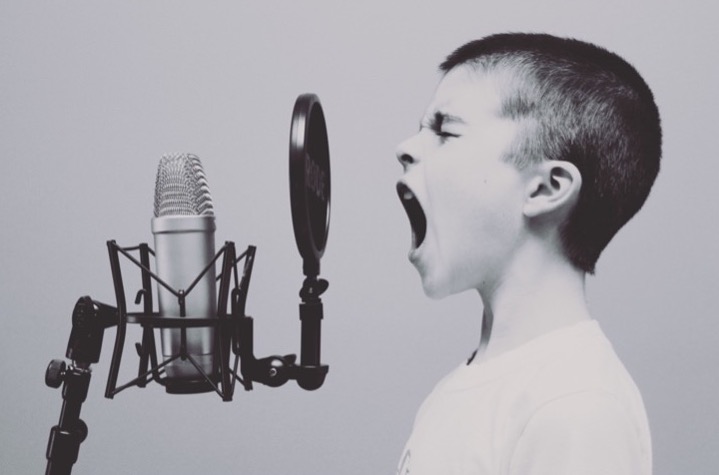chapter 8 Talking different languages of value
8 Talking different languages of value
Cultural advocacy communicates the values of the cultural sector, often relying on economic valuations, which can feel like a different language. This chapter ‘follows the data’ in a valuation of the culture–well-being relationship. It contextualises why the research was commissioned and the data’s origins: how they were collected, as well as the processes and decisions made in analysing the data. The chapter follows the findings in two ways: discovering changed meanings, when reproduced in media reporting; and discovering different findings, when reproduced by another researcher. The chapter’s step-by-step approach opens the black box of these data processes, asking if data used like this can be impartial? Are there limits to how they progress understanding of well-being in social and cultural policy?

8.3Context: The Happy Museum and Data
The aim is to arm museums with compelling statistics to show how a healthy culture must be at the heart of a healthy society. (Tony Butler, Director Happy Museum Project and Director Museum of East Anglian Life in Fujiwara 2013, 5) The relationship between culture and well-being has been operationalised((In quantitative research, operationalisation refers to the process through which abstract […]
continue reading →8.3.1Taking Part Survey and the data on culture
‘Museums and Happiness’ includes findings from quantitative research that used data from the Taking Part Survey1. The report explains why TPS data were chosen over other surveys, based on the different variables available, sample size and so on.((If you are interested in more information on the differences across BHPS, TPS and Understanding Society at the time, and why they mattered, […]
continue reading →8.3.2The well-being data available in the Taking Part Survey
Happiness taps in to people’s emotions, technically their affective state, and hence tries to gauge people’s moods at that moment. (Fujiwara 2013, 12) As we saw in Chap. 6, part of thinking through how humans experience well-being, is acknowledging these processes are cultural and centre ideals of ‘society’; they also involve imagining moments of social or cultural engagement and how […]
continue reading →8.6How was the value of the relationship between museums and happiness calculated?
The previous sections have walked you through some of the contexts of the research in ‘Museums and Happiness’: the data, the concepts and the relationships being modelled—as well as an aside about how appealing headline findings are when they are formulated in monetary terms that appear easy to grasp. We have looked at what this example of quantitative research was […]
continue reading →8.6.1Some reasons why findings may differ
As I mentioned in Sect. 8.2, we began a journey which involved understanding the contexts in which the research in ‘Museums and Happiness’ was undertaken. My colleague also looked at the quantitative work and used the same data, following the methodology section, to try and reproduce the results. The headline finding of the quantitative work in our project is that […]
continue reading →